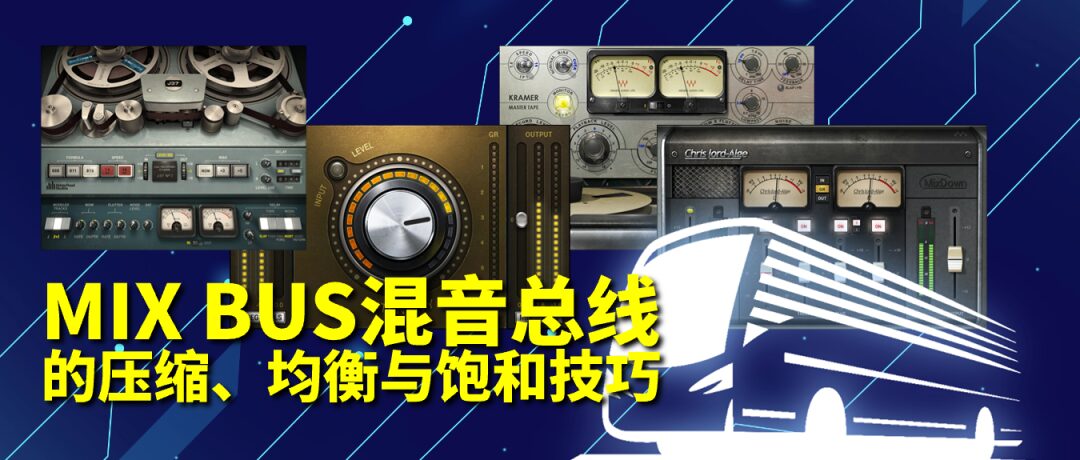
Processing your mix bus (or Master channel) during mixing comes with both risks and opportunities. Here are some tips to help you become a master of bus processing.
1. What is Bus Processing and Why Do It?
In simple terms, bus processing refers to applying one or more signal-altering processes (like compression or EQ) to the stereo bus or Master fader. Thus, this processing will affect all tracks, not just certain instruments.
At first glance, this might seem counter to our habits. After all, the mixing stage is the last chance to adjust and balance individual recordings and fix issues. So why process the overall mix?
The simple answer is that it’s not always the best choice. Bus processing does not solve specific recording issues such as track distortion, nor will it bring certain parts to an ideal point; those tasks require you to adjust each track individually. However, what bus processing can do is add character and style to your overall mix, polishing its texture. If done correctly, your mix can sound as if it already possesses a mastering quality before entering the mastering stage.
2. How to Use Compression on the Mix Bus?
The most common processing on the mix bus is compression. Having many individual tracks pass through a stereo compressor helps glue the separated musical elements together into a cohesive whole. This is especially important if there are significant level changes in a song.
Moderate settings are key. Slow attack (10-30 milliseconds), fast release (no more than 50 milliseconds, depending on the music), compression ratio of 2:1 or less, can lead to 1 to 2 dB of gain reduction at the loudest point of the song (if it’s dance or hip-hop, the reduction might be a bit more). Straying too far from these settings can make your mix sound stiff and unnatural.
SSL G-Master Bus Compressor plugin accurately reproduces the response of the legendary analog circuitry from the namesake console, making it an excellent choice for your mix bus compression. It’s user-friendly and musical, adding weight to the sound. When used carefully, the kick drum and snare will stand out, and the entire mix will feel more upfront and present.
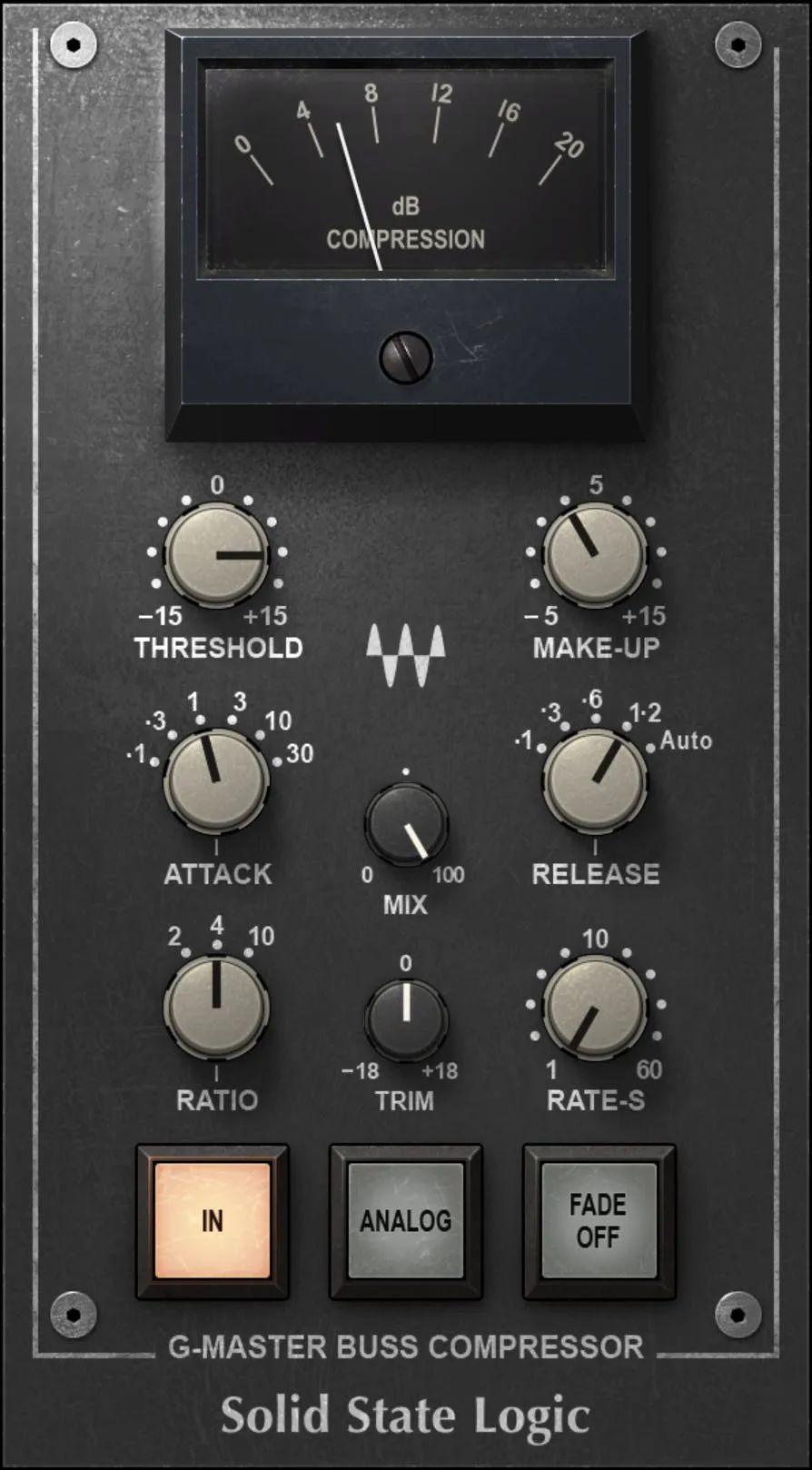
SSL G-Master Buss Compressor
Multiband Compression, which processes different frequency ranges independently, is not suitable for use on the mix bus. If you’re considering using multiband compression to fix your mix, it’s best to focus on individual tracks. Creative use of multiband compression might bring fresh ideas to your mix.
You need to know what works for you and be careful not to step into a maze that’s hard to escape.
3. How to Use Equalization on the Mix Bus?
When discussing the mix bus, equalizers are often discussed on a case-by-case basis. In general, the best way to achieve a flat frequency response is to adjust individual tracks to form a perfect blend. However, if you find it difficult to solve problems by changing the EQ of each instrument, then mix bus EQ might provide a quick fix.
For example, you might boost a bit in the 50-60Hz range to add weight to both the kick drum and bass. Alternatively, you could set a notch filter in the 300-500Hz range to add variation and enhance the clarity of important mid frequencies, such as vocals and guitars. In the 8-12kHz range, you can also do a bit of shelving EQ to add airiness, or create a gentle “smile curve” that emphasizes low and high frequencies while reducing mid frequencies.
Many mixing engineers also like to use the equalizer on the mix bus as a global high-pass filter to remove sub-bass frequencies below 25 or 30Hz. (This operation is usually done before bus compression.) In many musical styles—except for dance and hip-hop—you typically don’t need those sub-bass frequencies. Even if you can’t hear the removed sub-bass frequencies, eliminating them can make the overall mix sound cleaner, create valuable dynamic space for the mastering stage, and make your mid frequencies more expressive.
Boosts and cuts on the mix bus EQ should be minimal, used only to eliminate unclear or harsh problem frequencies. Remember, on the mix bus, your adjustments affect the entire mix, and what you do here may not be changeable during mastering. Whether boosting or cutting, stick to 1-2dB. If you make adjustments of more than 3dB, it’s advisable to go back and check individual tracks.
4. How to Use Saturation on the Mix Bus?
Saturation is subtle and can bring very cool effects to the mix bus. Music you’ve heard over the past few decades has been recorded on tape.Tape saturation absorbs and blends transient details very lightly and musically, which is one reason we love those recording masterpieces. Tape simulation plugins, such as Kramer Master Tape or Abbey Road J37 Tape, can indeed polish overly clean-sounding mixes and add fullness and musicality—especially for purely software-based mixes. Adding it early in the mixing process (exact timing is debatable, discussed below) can give the sound a nice polish and reduce your workload later on.
However, it’s important to note that any type of saturation—whether tape saturation, tube saturation, transformer saturation, or anything else—can cause significant problems if overdone. Therefore, using it on the mix bus is typically better than on individual tracks, as it avoids cumulative effects. But careful monitoring is still necessary because too much saturation can blur details. Like other types of signal processing, it should be used cautiously and in moderation.
Waves Tape Plugin Tips
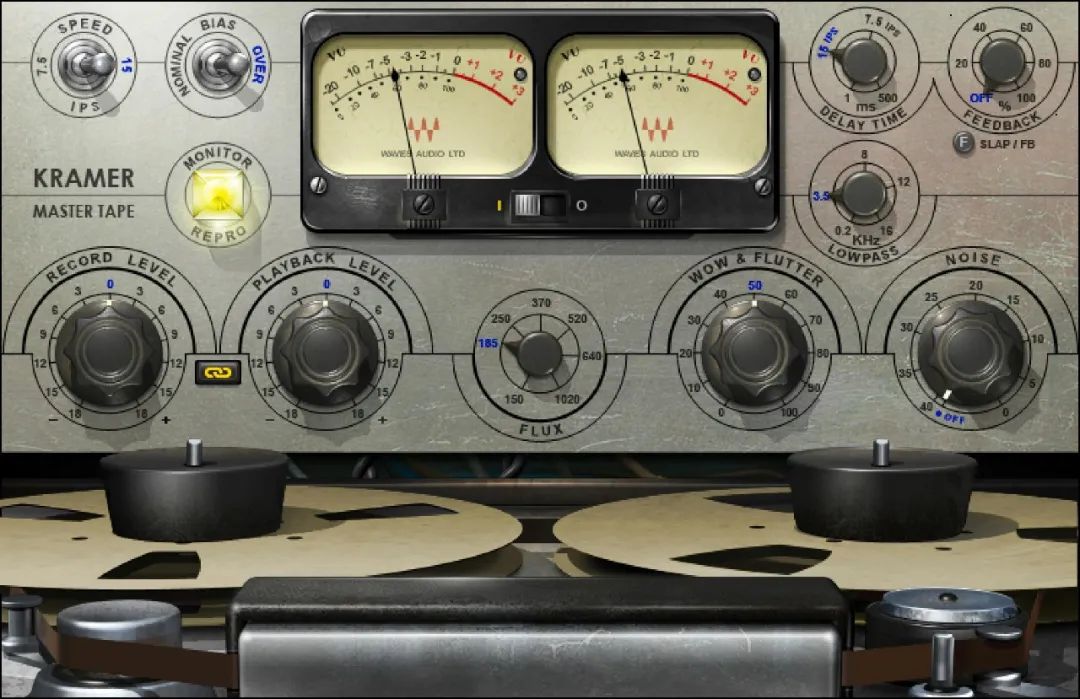
Kramer Master Tape
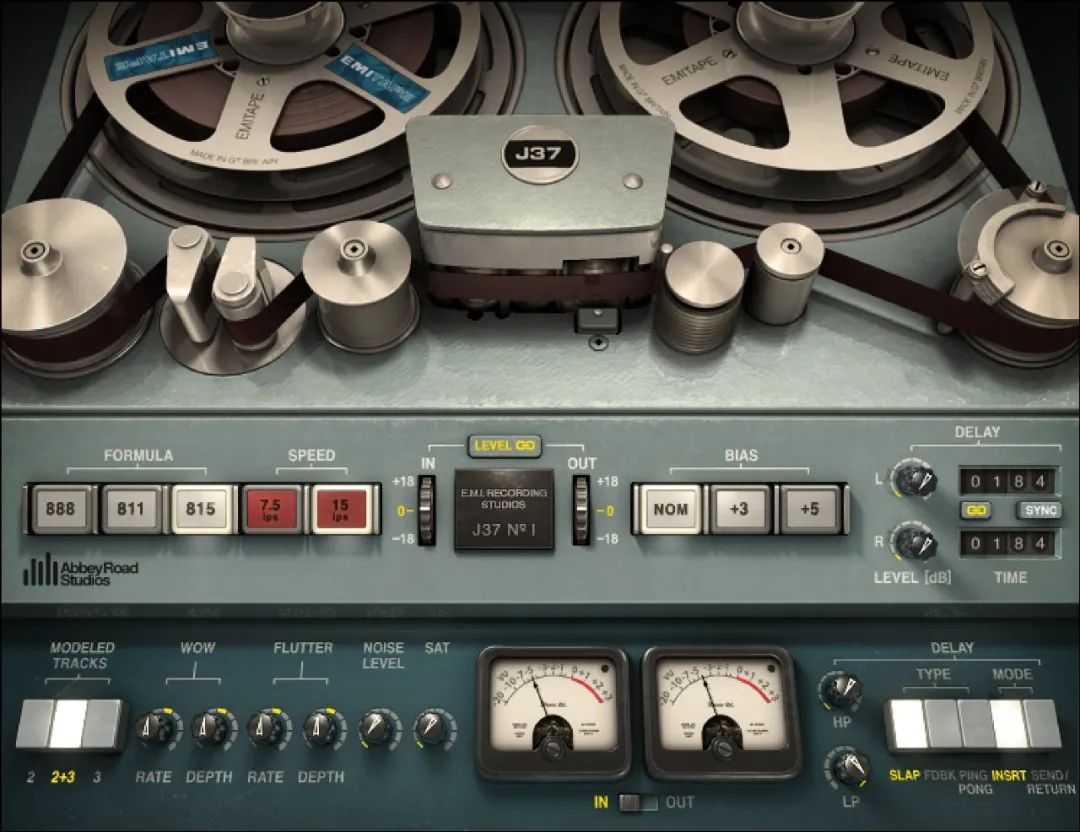
5. Should Limiters or Other Effects Be on the Mix Bus?
6. Use Integrated Bus Plugins for “Final Touches”
The latest generation of integrated bus plugins has greatly simplified workflows, yielding immediate results. The renowned mixing engineer Chris Lord-Alge’s CLA MixDown provides four faders to control the color, dynamics, and overload of the mix.
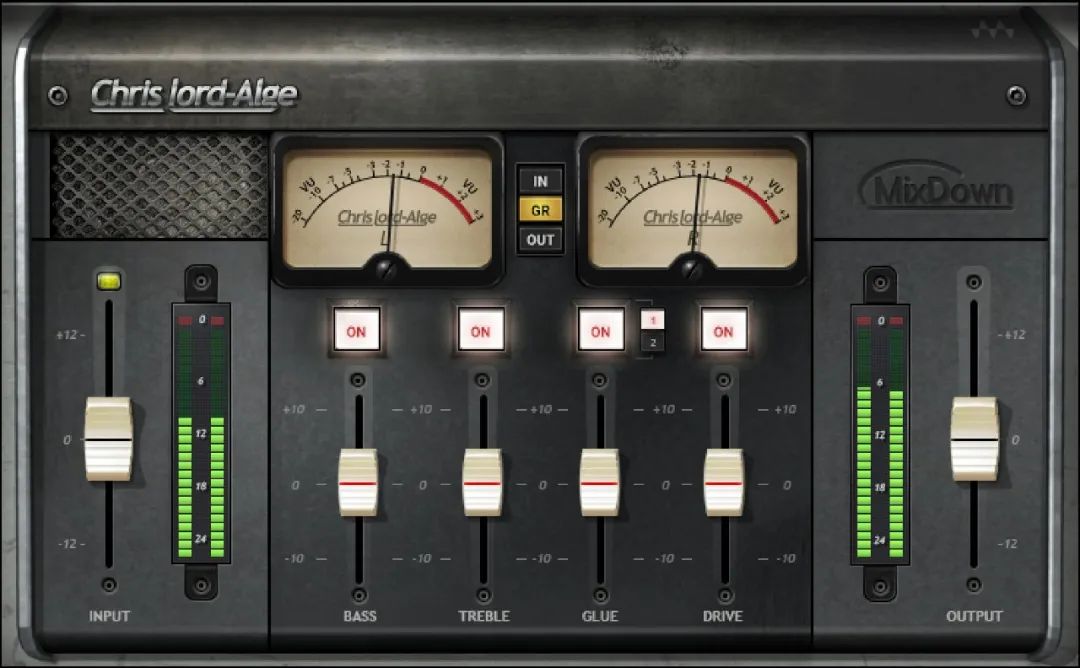
CLA MixDown
In collaboration with producer and mixer Greg Wells, the Greg Wells MixCentric employs a similar approach, featuring only one knob that combines EQ, compression, and harmonic distortion to enhance and balance the mix quality.
Greg Wells Explains GW MixCentric
7. When to Process the Bus?
There are two basic approaches to bus processing: doing it at the beginning of the mixing process or at the end. Believe it or not, there’s a significant debate among mixing engineers about which method is better.
As mentioned earlier, applying a “high completion” feel to the mix from the start can greatly encourage both the mixing engineer and the musician. Processing the mix bus early allows you to create a better-sounding mix in less time, helping you focus more on the interaction between various elements during mixing decisions.
Moreover, if you base your mix on bus processing from the outset, it becomes part of the sound. For some engineers, the focus of the mix bus is to create an environment for the entire mixing work rather than processing it at the end. Chris Lord-Alge recommends placing his CLA MixDown plugin on the Master channel before starting the mix.
This working method requires an adaptation process. For instance, if you’re using bus compression, the dynamic response may not be what you typically expect. In fact, when you raise a channel, you might find that bus compression brings it down again! This means you may realize you don’t need to add so much compression to a certain track but rather a bit of automatic control to ensure all elements are presented. The sound mixed with bus compression differs significantly from that controlled by individual compressors, having a stronger and more pronounced effect.
Many engineers also argue that if you use bus processing from the start, you can accomplish the basic mixing tasks with less effort. They also argue that fixing problems after bus processing is difficult because adjusting one element often requires changes throughout the mix.
8. Take Every Step Lightly
Remember, the key to bus processing is subtlety. Since it affects the entire mix, even a small adjustment can lead to significant deviations. Each minor operation you perform, whether good or bad, will have a huge impact on the overall sound. For example, boosting a specific frequency by 1dB on the bus is equivalent to boosting many tracks by several times!
However, people often say that high risk brings high reward. Bus processing is an exciting technique in the art of mixing, and it’s certainly worth exploring.
MusicCreativityUnlimited,AudioUltimateExperience
www.waves.com
